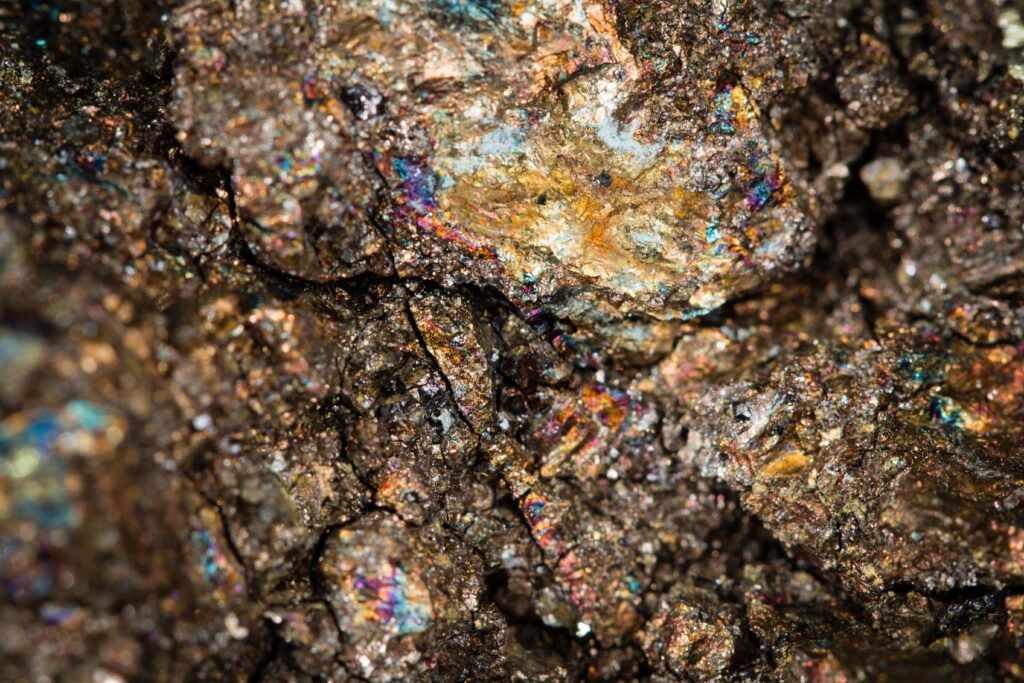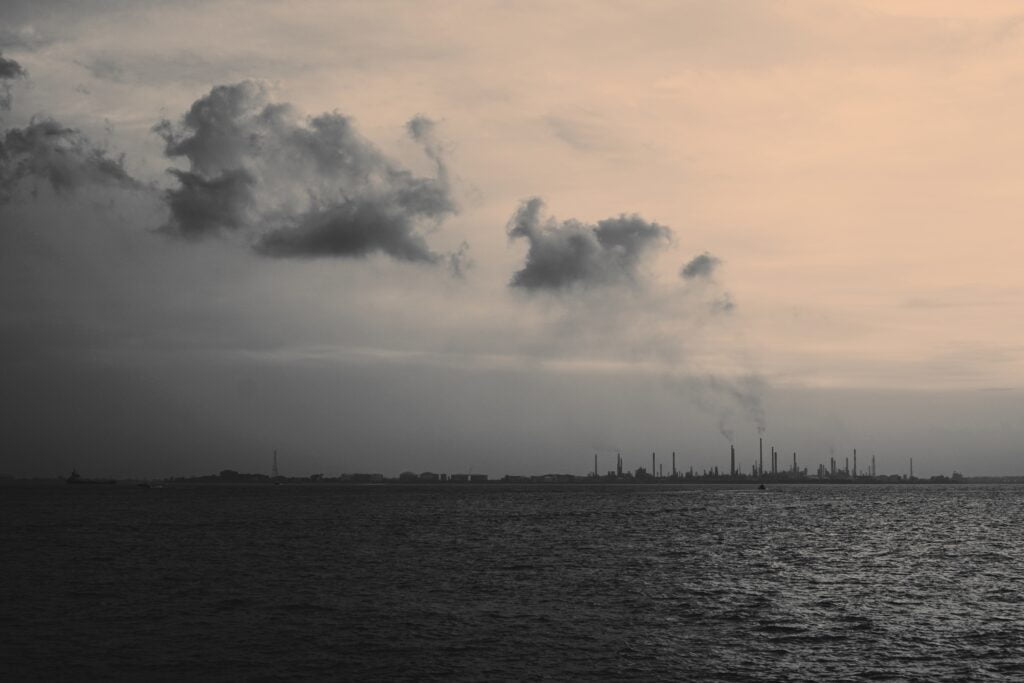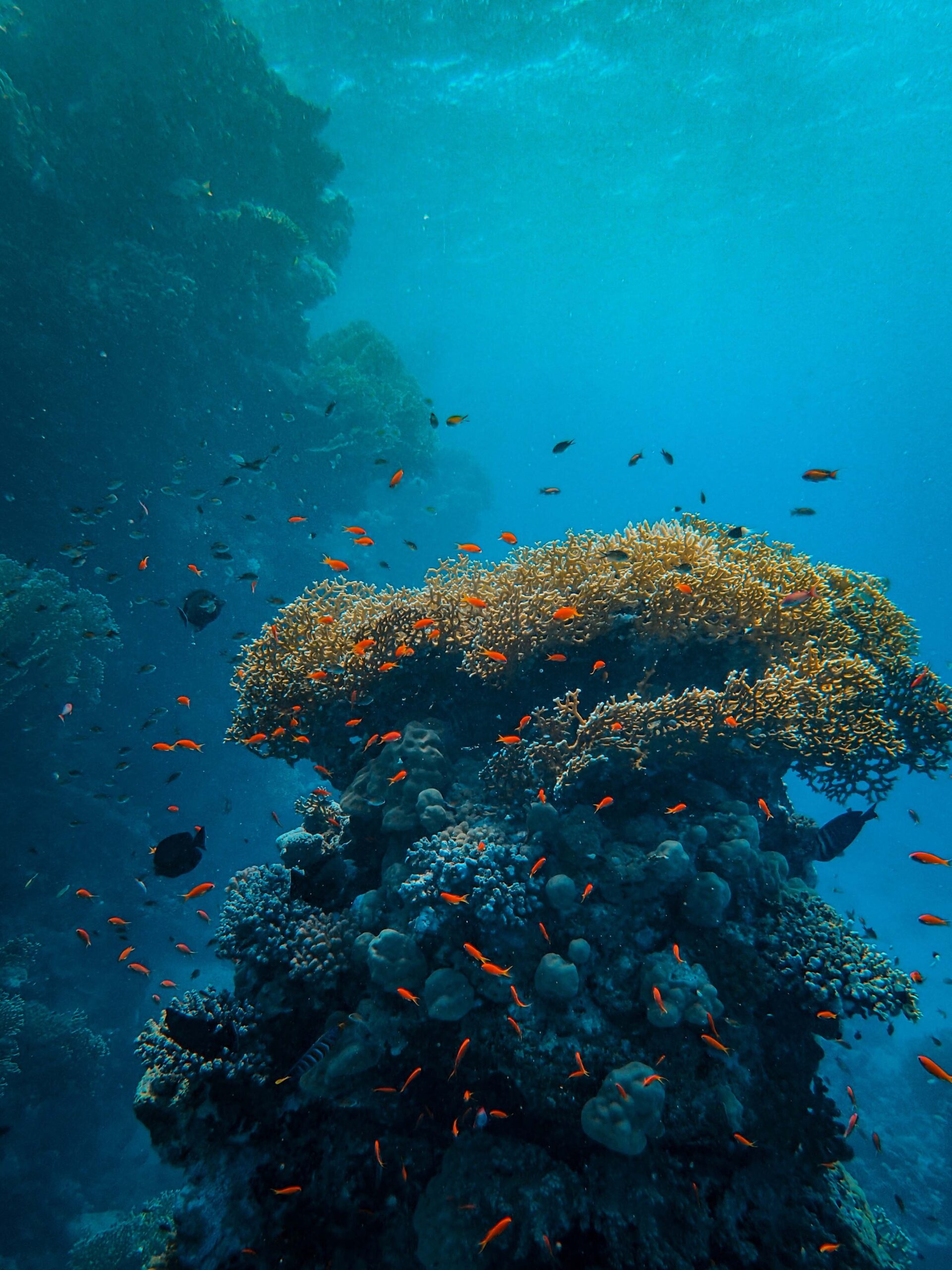Seabed mining holds the potential to make all the stories and legends about the underwater treasures and riches a reality. However, these are not the pirate and sunken ships treasures discussed here: gold coins, jewellery, and ancient artefacts.
However, it is something very unique and revolutionizing. Had the old age pirates known about it, Sir Francis Drake and Blackbeard would have been history’s first entrepreneurs.
So what are these hidden riches of the seafloor? It is none other than small potato-shaped nodules called the polymetallic nodules or manganese nodules.

picture credits@ Geran de Klerk
Found on the seafloor, these nodules are rounded mineral concretions containing various valuable minerals. Gold, copper, nickel, aluminium, lithium, rare earth metals, just name it!
This huge mineral potential of the seabed incites the interest of many nation-states that are spending fortunes on the exploration and mining of polymetallic nodules.
For a simple reason, harvesting these nodules can revolutionize our future industries and our notions about the minerals and metals present on Earth.

picture credits@ NOAA Office of Ocean Exploration and Research, 2015 Hohonu Moana
Now let us understand the laws and policies associated with it seabed mining, and its environmental hazards.
Defining the seabed
A seabed means an area beyond the limit of the national jurisdiction of a coastal state. On the geographical side, the seabed is vast, covering about 50% of the entire area of Earth.
ISA (International Seabed Authority) under UNCLOS, 1982 (United Nations Convention on the Law of the Sea) governs this seabed area. Furthermore, UNCLOS declares seabed as a “common heritage of mankind,” i.e., its administration by ISA is for the benefit of all humankind.

picture credits@ ISA https://www.isa.org.jm/es/node/18918
What is seabed mining? How does it work?
The mining of the ocean floor involves the process of collecting submerged minerals and commodities from the seabed. Collection of nodules from the seabed is either by dredging sand or raising the material to the surface in any other way.
Although there is no formal distinction between shallow-water mining and deep-sea mining (DSM). However, there is a growing agreement that DSM involves collecting minerals from sea beds deeper than 500 metres.
Deep-sea minerals, related depths and resources found
| Type of Crust | Depths (in m) | Resources found |
| Polymetallic nodules | 4,000-6,500 | Nickel, Copper, Cobalt and Manganese |
| Cobalt rich Ferromanganese crusts (CRC), | 800-2,500 | Mainly Cobalt, some Vanadium, Molybdenum, and Platinum |
| Seafloor massive sulphides (SMS | 1,400-3,700 | Copper, Lead, Zinc, some Gold and Silver |

Extraction of minerals from the seabed
Though still in the experimental and nascent exploitation phase, DSM stakeholders plan to involve two ways to extract these mineral resources. The first method uses large, robotic machines or even dredging techniques to excavate the ocean floor.
Nevertheless, in a way, that is similar to strip-mining on land. The robots examine the seafloor sucking up the materials, which are then pumped up to the ship, acting as the controlling centre.
Furthermore, the extracted resources are then loaded onto barges and shipped to onshore processing facilities. At the same time, wastewater and debris are dumped into the ocean, forming large sediment clouds underwater.

picture credits@ Pliant Energy Systems.
In addition to this, the second method involves using giant deep-water submarines that directly reach the depths of the ocean bed, collect resources, and proceed to onshore processing facilities. This technique is less hazardous to the undersea ecosystem compared to the first technique.
Why is seabed mining seen as the new resource frontier?
Home to various precious minerals and metals hidden in underwater ridges, dissolutions and sediments. The number of minerals that occupy the seabed has excellent potential and advantage over traditional mining. Since the recycling of metals and minerals obtained from territorial mines is inadequate.

picture credits@ USGS
Moreover, the existing burden on terrestrial mines is too significant to fill a gap in the market. For instance, sea bed mining can ensure this safety of supply.
According to research, the marine sanctuary can alleviate India’s energy crisis (the country with the second-largest population) by up to 100 years by recovering just 10% of the minerals scattered on the seabed.
Another added advantage of deep-sea mining is that there is no need to build roads, infrastructure or relocate communities.
Similarly, seabed mining allows for the reusing of assets such as surface ships and platforms can be reused. Also, the sediments generated by underwater mining settles on the ocean floor, and unlike land, they do not emit carbon.

picture credits@ Dominik Vyani
Even the metal grades and amounts found in these nodules are frequently superior to those found in terrestrial ores.
The legal framework of the existing legal situation
“The traditional purpose of the law of the sea has been acknowledged as safeguarding and balancing the common interests of all peoples in the use and enjoyment of the oceans, while rejecting all egotistical assertions of special interests that are contrary to the general community interest”
by McDougal and Burke.
One of the primary driving reasons for the UN Convention on the Law of the Sea,1982 were the growth prospects of deep-sea mining and the need for its regulation.
According to the provisions of UNCLOS- The distance from land influences the legal structure that governs anthropogenic activity on the ocean.

picture credits@ Cristina palmer
Thus, Firstly we have a coastal state’s territorial sea, which extends up to 12 nautical miles (22 kilometres) from its shoreline. It encompasses the air space, the water body up to the seabed, and the subsoil.
SecondlyCoastal states have exclusive rights and control over resources inside their exclusive economic zone of 200 nautical miles (370 kilometres) (EEZ).
Beyond the national jurisdiction, the ocean bottom and water above it are “Area”. UNCLOS designates the “Area” as the common heritage of humankind. UNCLOS and Mining code which are particularly important for combating the existing Legal situation.
Furthermore, Part XI of UNCLOS, read together with the 1994 Implementation Agreement, sets forth the guidelines and international legal framework. These principles govern the activities related to deep seabed mining and marine scientific research beyond the national jurisdiction.

picture credits@ Ehimetalor-Akhere
Important legal provisions
- Under UNCLOS,1982, Article 136 talks about the common heritage of mankind. The common heritage of mankind means states that all rights over an area’s resources are vested in mankind as a whole.
- Similarly Article 137 provides that no State, natural or juridical persons can either claim, acquire or even exercise any rights in connection with the resources present in the area. However, under part IX, with the permission of ISA, mining and other activities can take place in the area.
In addition to the above, ISA shall also frame the guidelines and rules for equitable sharing of other economic and financial benefits derived from the area.
- While Article 143 talks about marine scientific research to be carried out exclusively for peaceful purposes.
- Article 145 states the necessary measures to protect the marine environment from harmful effects from dredging, drilling, excavation, and mining-related activities.

picture credits@ Juanma Clement 
picture credits@ QUI 
picture credits@ Francesco Ungaro 
picture credits@ Milos Prelevic 
picture credits@ NOAA
Part XII of UNCLOS discusses the protection and preservation of the marine environment. It also plays a crucial role in governing deep seabed mining activities with environmental conservation in the deep oceans as one of its top goals.
Another regulation approved by ISA in 2000, “Regulation on Prospecting and Exploration for Polymetallic Nodules in the Area”, provides a system for investigating the seabed for polymetallic nodules. This regulation states that all regulations are binding on the parties contracting with the Authority for mineral exploration and exploitation.

picture credits@ Red Zeppelin
The impact of deep-seabed mining on the biodiversity and ecosystems
Despite the considerable potential of deepsea mining, there are still environmental concerns associated with it.
Scientific experiments have shown that habitats affected by commercial deep-sea mining have not recovered even after 30 years. These habitats remain functionally destroyed, causing an inevitable loss of biodiversity on an unknown scale which is alarming.
For instance, the manganese nodule mining operations can cause significant disruption to the underwater ecosystem by digging up to 200-800 square kilometres (77309 square miles) each year.

picture credits@ Michael Herren
This dredging destroys the livelihoods of the local flora and fauna. In addition, it induces an unknown amount of pollution at depths, resulting in the cloudiness of the cleanest water on Earth.
Moreover, one of the most severe possible consequences of deep-sea mining is that physical disruptions at a single mining site can wipe out whole species.
Some types of deep-sea mining churn up fine sediments on the bottom of the ocean floor, such as silt, clay, and microorganism remnants, resulting in plumes of suspended particles.
Deepsea mining activities also induce noise, vibrations, and light pollution caused by mining equipment and surface boats. These anthropogenic noises may impact marine mammals by disturbing their breeding process. There are also the odds of probable fuel and hazardous product leaks and spills.
Further marine biologists have also raised the concern of increased metal particle concentrations in animals like tuna. Such increased concentration can cause resultant biomagnification, which can also be detrimental to human health.
Read more about environmental concerns here.

picture credits@ Suganth
Conclusions.
It almost seems ironic that on hand, we are working to promote SDGs with SDG-14 talking about protecting and preserving “Life below water.”
While on the other hand, we are renewing licenses and promoting deep-sea mining. Indeed, under these circumstances, it is crucial that ISA maintains a strict code of conduct and take legitimate actions in case of violations, not reeling under political or economic pressure.

picture credits@ Olga Serjantu
Moreover, individual nations should also take actions and frame policies that allow for sustainable deep-sea mining. A collective approach, sharing of research and technology can be a good step in this regard.
By- Yash Arya






[…] Read more about underwater natural resources and sea bed mining here! […]
[…] Read more about the environmental concerns of sea-bed mining here! […]